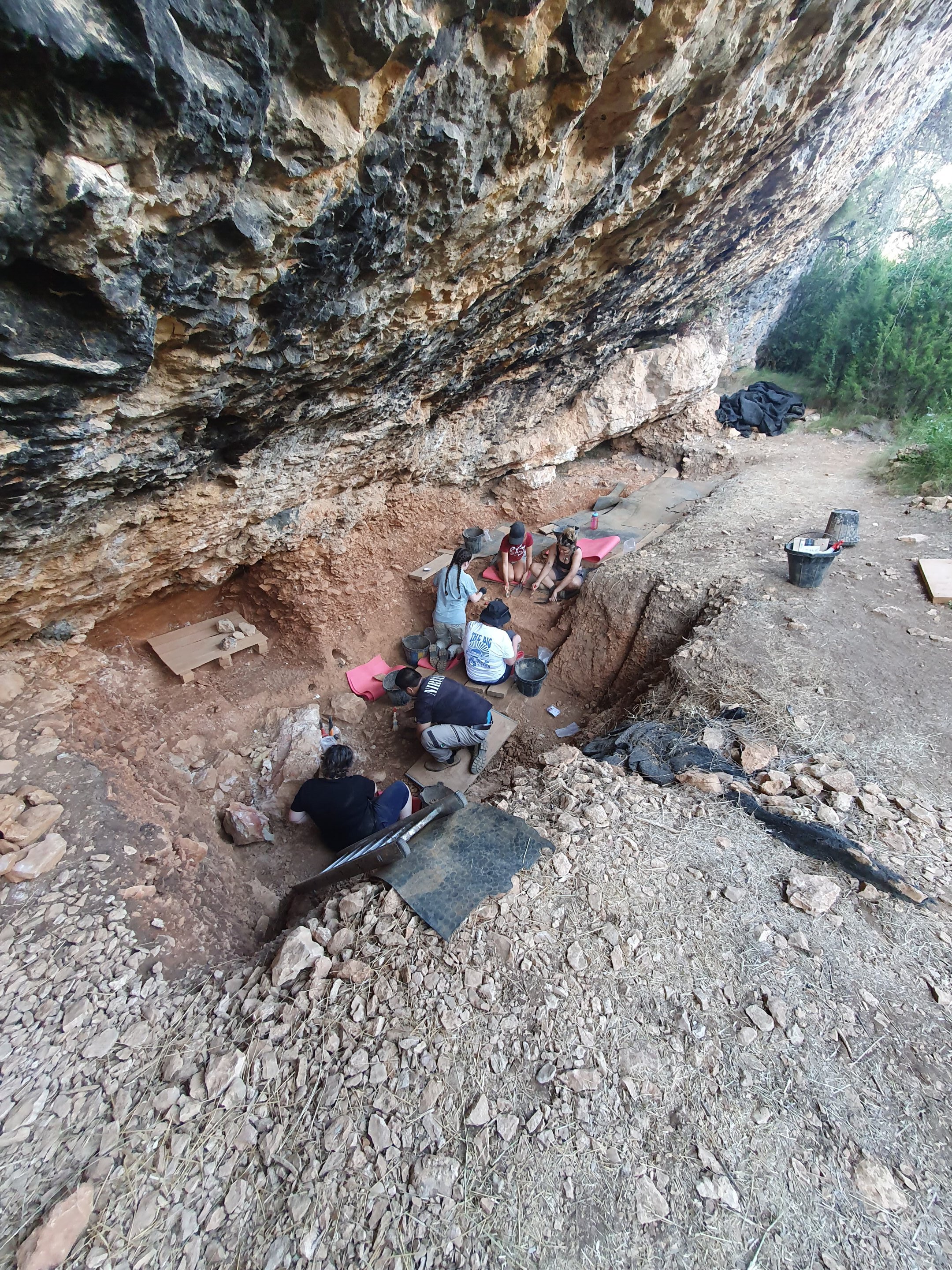Neanderthals of the Pyrenees: much more sophisticated than assumed
Follow us on Google News (click on ☆)
At the heart of this region, a rare archaeological site, Abric Pizarro, provides invaluable clues about a little-known period of humanity, helping us better understand the disappearance of these ancient humans. Research conducted by the Australian National University (ANU) sheds new light on the Neanderthals' adaptability to extreme climatic conditions.

Abric Pizarro, dating from 100,000 to 65,000 years ago, is among the world's rare sites from the MIS 4 period. Researchers have discovered hundreds of thousands of artifacts, such as stone tools and animal bones, revealing a more nuanced view of Neanderthal life. Contrary to the stereotypical view of slow "cavemen," these prehistoric humans demonstrated ingenuity and resilience in facing their environment.
Dr. Sofia Samper Carro, the study's lead author, points out that these discoveries challenge the idea that Neanderthals were limited to hunting big game. Traces of exploitation of smaller animals, such as freshwater turtles and rabbits, indicate a level of sophisticated planning rarely attributed to these populations. These findings reflect their ability to optimally exploit available resources.
This unique site provides crucial insights into a period of transition, essential for understanding why the Neanderthals disappeared. Before the arrival of modern humans in the Pyrenees region, Neanderthals appeared to have mastered their environment, living there for hundreds of thousands of years. The meticulous work of archaeologists, using modern excavation techniques, allows the collection of unmatched precision data on their way of life.

ANU archaeologist Dr. Sofia Samper Carro states that discoveries at Abric Pizarro challenge widespread beliefs that Neanderthals only hunted large animals.
Credit: Sofia Samper Carro
According to researchers, this type of site offers a valuable perspective on Neanderthal behavior when they were the sole inhabitants of these lands. These discoveries fuel the quest to solve one of the great mysteries of human history: what led Neanderthals to extinction after flourishing for nearly 300,000 years?